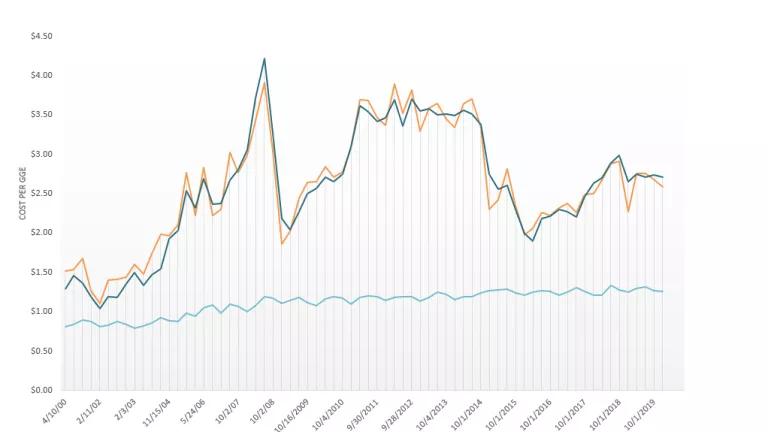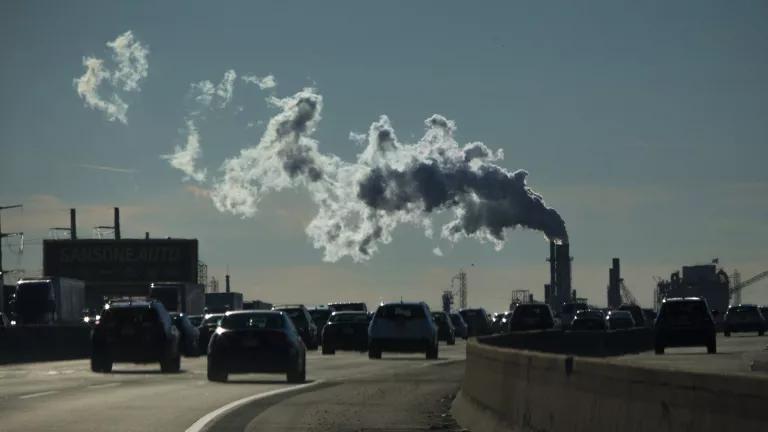Victory! Court Reinstates Limits on Potent Climate-Polluting Refrigerants

Hydrofluorocarbons pack up to thousands of times the planet-warming punch of carbon—and safer alternatives already exist.
Marking NRDC’s 60th legal win against the Trump administration’s environmental rollbacks, a federal court today ruled that the U.S. Environmental Protection Agency must reinstate limits on how manufacturers can use potent, planet-warming hydrofluorocarbons (HFCs), which are often found in refrigerants, air conditioners, and aerosol propellants.
“This is an important victory for our climate,” says NRDC attorney Peter DeMarco. “The court’s decision restores commonsense restrictions on HFC use that the EPA had illegally removed.”
Historically, manufacturers have turned to HFCs when phasing out ozone-depleting substances, such as chlorofluorocarbons (CFCs)—but HFCs come with their own high climate costs, carrying hundreds to thousands of times the heat-trapping power of carbon dioxide. They’re also prone to leaking from damaged equipment or improper disposal. Unchecked, HFCs alone could add up to a half-degree Celsius of warming by 2100.
To curb the climate impacts, companies have invested billions of dollars to make safer, climate-friendly alternatives to HFCs and redesign their products to use them. In 2015, the EPA prohibited manufacturers from switching to HFCs in cases where these safer alternatives exist, such as large refrigeration systems in supermarkets and vehicle air conditioners.
In the D.C. Circuit’s Mexichem Fluor, Inc. v. EPA case, the court struck down part of that 2015 rule but left in place restrictions that prohibit industry from transitioning from ozone-depleting substances to HFCs. But following that decision, in 2018, former EPA administrator Scott Pruitt illegally lifted those restrictions without a formal proposal or public comment period, prompting legal pushback.
“The EPA must ensure that as companies complete their transition away from ozone-depleting substances,” DeMarco says, “they switch to alternatives safer than climate-polluting HFCs.”



